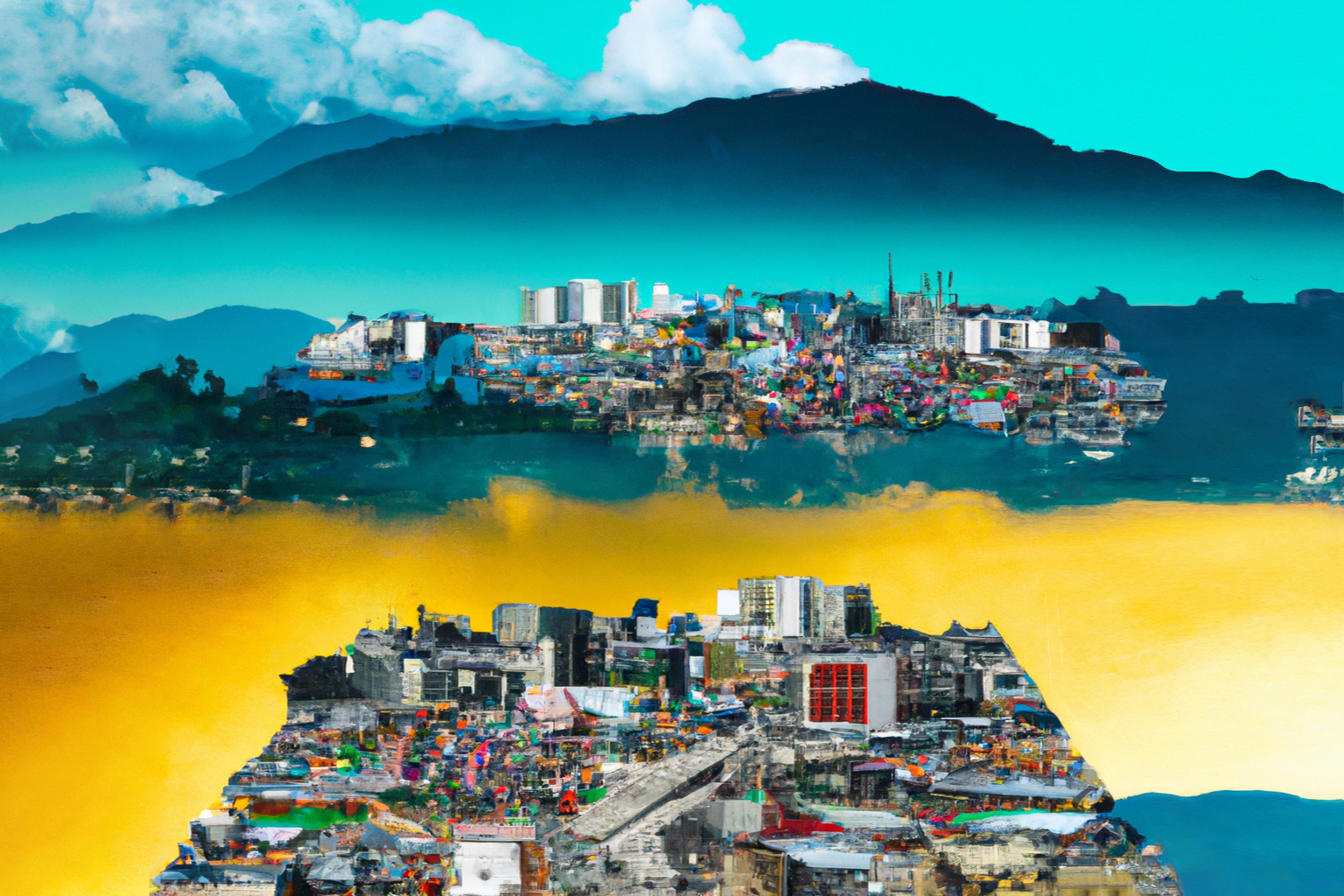Understanding migration, I have noted previously, is easier from a political economy perspective. Human mobility is not an individual phenomenon or an issue in a single location, but rather a process that organizes individual and social behavior within a system linking origin, transit and destination in a network of resources and power relationships.
Migrants, who are always agents and actors, not mere victims, decide to leave the place where they live for a variety of reasons. Fleeing poverty, finding opportunities for expression, getting an education or doing business are just a few of these. And they tend to migrate between locations previously linked by geography, history, economy, and society. Except for the first person moving to a novel location, a Central American migrant settles in Los Angeles or Silver Spring because people from their community or family already live there and commerce is active between their source and destination.
Such international links are a precondition for migration, not its consequence.1 Migration just realizes the relationship between the metropolis and dependent countries in global capitalism, not as a side effect, but as a key mechanism to operate the extraction of natural wealth from peripheral territories and convert their populations —previously occupied in traditional activities— into formally free wage laborers whose work can then be harnessed.2 People migrate for many personal reasons, but they do so driven by mechanisms and through channels structured in a world system that precedes them, even though political discourse may obfuscate the fact and immigration laws attempt to blame the migrants themselves.
Such processes are better appreciated by considering the internal mobility between the countryside and the city, which frequently precedes and feeds international migration. Humans have been building cities for a long time, but rapid urbanization is an outstanding demographic feature of modernity. According to the United Nations, in 2007 global urban population surpassed rural population for the first time. This varies a lot by country. While the United States passed that threshold in 1920, Central America did so around 1965. Guatemala barely reached 50% of its population in cities in 2018.
Where do people come from to populate cities? One part is «natural growth», the children born of urban people. But fertility tends to decline in cities,3 among other reasons because couples want smaller families: access to services and economic opportunities offered by the city contribute to more children surviving. In addition, urban cost of living and child rearing is high.
Therefore, another important part of urban growth is people migrating from the countryside to the city. Throughout the 21st century we will see both the total global population and also its urban portion stabilize, but today the less developed countries of America, Asia and Africa are still the main contributors to that growth. And just as migration between countries occurs through pre-existing routes, the peasants who settle in urban neighborhoods do so because they previously sold their rural products in city markets.
International migration is an important part of the growth of big cities in the global North.
The same process presents between countries. International migration is an important part of the growth of big cities in the global North. Almost 4 out of 10 people in Los Angeles were born outside the US. A similar proportion of people in New York, Toronto and London were born in other countries. In Brussels this proportion exceeds 6 out of every 10 inhabitants. Sydney, Melbourne and Auckland show the same pattern.
No matter where, big cities live by their own rules and are more similar to each other than to the surrounding countryside. They might even be the start of a new form of political organization, going beyond the contemporary nation-state but also beyond the city-state of the Renaissance or of a more remote past.
This is so much the case that in the US the obsolete Republican governors of Texas, Florida or Arizona seek to mistreat migrants deporting them to Washington DC or New York, within their own country, rather than returning them to Latin America. Cruel sarcasm unwittingly translates into an accurate description when Texas Governor Greg Abott says that New York «is the ideal destination for these migrants, who can receive the abundance of city services and housing that Mayor Eric Adams has boasted about within the sanctuary city». Migrants themselves are well aware that cities are the ideal destination to find more life and work opportunities. And, no doubt, a city that welcomes them is something to brag about.
Illustration: From Guatemala to Los Ángeles, migrant cities (2022, based on a version generated by Dall·E).
Notes
1 Collinson, S. (2009). The political economy of migration processes: an agenda for migration research and analysis. International Migration Institute. Working Papers 12. Retrieved August 22, 2022, from https://ora.ox.ac.uk/objects/uuid:c676e0fb-e8c2-4ede-b9e9-170169a3664a.
2 Fitzgerald, J., Leblang, D., & Teets, JC (2014). Defying the law of gravity: The political economy of international migration. World Politics, 66(3), 406-445. Retrieved August 22, 2022, from https://doi.org/10.1017/S0043887114000112.
3 Lerch, M. (2019), Fertility decline in urban and rural areas of developing countries. Population and Development Review, 45: 301-320. Retrieved October 3, 2022, from https://doi.org/10.1111/padr.12220

